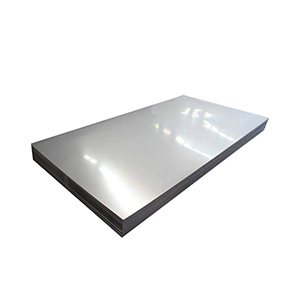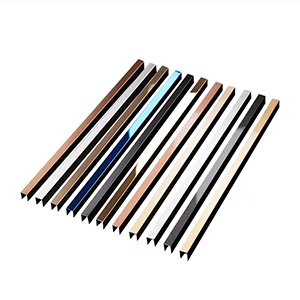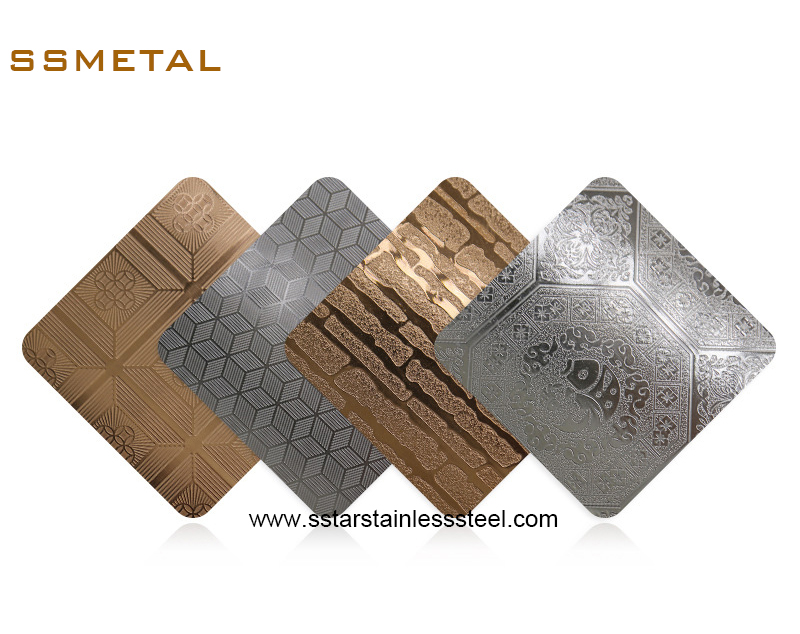
Source:Pixabay.com
L'acier inoxydable est un matériau commun et très utile dans nos vies. Il est utilisé pour les chauffe-eau dans nos salles de bain, couverts dans nos cuisines, machines à laver, réfrigérateurs et bien plus. Le nombre de fournisseur d'acier inoxydable augmente également de nos jours. Savez-vous beaucoup sur ce matériau métallique? En savoir plus à ce sujet aujourd'hui.
Qu'est-ce que l'acier inoxydable?
Acier inoxydable avec une résistance à l'inoxydable et à la corrosion comme caractéristique principale, De plus, c'est un acier avec une teneur en chrome de au moins 10.5% et une teneur maximale en carbone de pas plus que 1.2%. C'est un alliage de fer et plusieurs autres éléments (comme le nickel, chrome, molybdène et carbone) et est donc plus résistant à la corrosion que le fer ou l'acier ordinaire (Iron et carbone simples).
Ces éléments en acier inoxydable, tel que nickel, chrome et autres additifs, Donnez-lui une couche d'oxyde passivé qui empêche la rouille et crée un brillant, surface réfléchissante. Par rapport à l'acier ordinaire, La surface brillante de l'acier inoxydable est plus difficile à perdre son éclat, D'où le nom “acier inoxydable”.
En raison de sa teneur élevée en chrome, L'acier inoxydable résiste à la corrosion. Il résiste à de nombreux produits chimiques et oxydistes, y compris eau, gaz et acides. Il est également plus fort que de nombreux autres matériaux métalliques et résiste à l'usure. Ça peut supporter des températures et des pressions élevées et ne se déforme ni ne porte facilement.
Car l'acier inoxydable a une bonne résistance à la corrosion, il peut résister à la corrosion, températures élevées, températures basses et résistance à l'usure et peuvent être utilisées pour fabriquer des produits de haute qualité, donc ça peut être 100% matériau recyclable avec une valeur relativement élevée pour une utilisation.

Source:Pixabay.com
Comment est recyclé en acier inoxydable?
Le recyclage en acier inoxydable a principalement deux aspects de l'industrie et de la vie.
Dans le ferraille industriel en acier inoxydable, Il existe principalement des tuyaux soudés en acier inoxydable pour les projets de paysage urbain. Et pour l'industrie automobile, Il existe principalement de l'acier inoxydable ferritique pour les tuyaux d'échappement automobiles. Autres industries, comme les projets d'approvisionnement en eau urbaine, protection de l'environnement, industries pétrochimiques et électriques, ont également une grande quantité de ferraille en acier inoxydable produit. Bords (nouveaux matériaux) sont coupés et abattus dans le processus de production industriel. Il comprend certains tubes, tiges et plaques qui peuvent être utilisées directement mais pas en grande quantité. Pompes et conteneurs pour l'huile, Le gaz et l'acide sont un grand marché pour un grand nombre de réservoirs en acier inoxydable de ferraille, tuyaux, pompes et vannes.
En acier inoxydable à la vie, Les appareils en acier inoxydable de fin de vie utilisés dans le temps quotidien peuvent être recyclés, comme l'équipement de cuisine et les couverts. Les importations annuelles de ferraille en acier inoxydable du Japon et de la Corée du Sud sont principalement de ce type. Une fois que l'acier inoxydable a été supprimé, il ne peut être renvoyé au four à utiliser comme charge de fournaise. L'industrie de la transformation des aliments fabrique principalement des machines et des conteneurs de transformation des aliments, comme le grain, bière et boisson, équipement de traitement des produits laitiers, équipement de réfrigération surgelé, etc., qui peut également être recyclé.
La méthode de recyclage principale pour le recyclage en acier inoxydable est fondre et couler dans des lingots en acier brut. Le métal lui-même ne perd pas de force dans le recyclage répété. Cependant, Des problèmes peuvent survenir lors du recyclage du filet et des tambours galvanisés. Seules de petites quantités de tonnons et de barils galvanisés sont actuellement recyclés directement dans les fours, comme de petites quantités d'étain ou de zinc, Même en dessous 0.01%, peut former un durcissement dans l'acier, Rendre le roulement ultérieur difficile.
Nous utilisons également l'ancien acier inoxydable recyclé pour fabriquer plus d'autres produit en acier inoxydable. Certaines entreprises utilisent l'estampage et d'autres méthodes pour fabriquer les produits. Dans ce processus de recyclage, Les barres de déchets doivent être nettoyées et dépouillées de peinture. En plus, Une attention doit être accordée au traitement des trois déchets pour réduire la pollution de l'environnement.
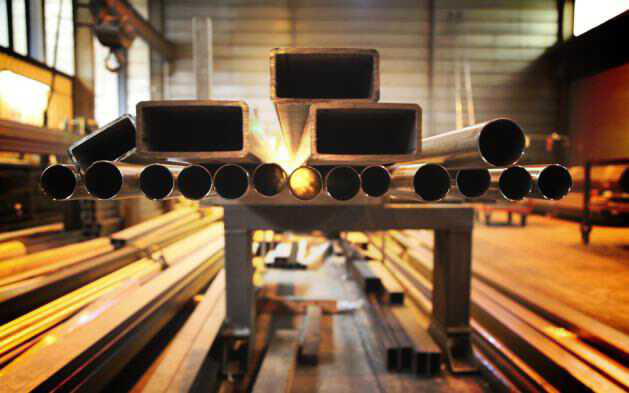
Source:Pixabay.com
Avantages du recyclage de l'acier inoxydable
Scrap en acier inoxydable Le recyclage est la matière première secondaire. Le recyclage des matériaux secondaires peut Économisez la consommation de matériaux et réduisez les coûts.
De plus, il réduit la consommation d'énergie dans le processus de production et réduit également la pollution de l'environnement. À travers le recyclage et l'utilisation de ces déchets, Nous pouvons économiser des ressources pour le pays, purifier l'environnement, transformer les déchets en trésor, Protéger les ressources naturelles, réduire les déchets et bénéficier au pays et au peuple.
Le recyclage de la ferraille en acier inoxydable a également un valeur économique élevée, en termes de facilitation de collecte et de disposition des documents qui gagnent de l'argent pour les entreprises de recyclage et Fournisseurs en acier inoxydable. Son recyclage crée plus d'emplois et contribue à la croissance économique du processus d'élimination et de recyclage ainsi que dans divers secteurs industriels.

Source:Pixabay.com
Applications de l'acier inoxydable recyclé
Les avantages environnementaux de l'utilisation de matériaux hautement recyclés ont été reconnus par les États-Unis et le Conseil canadien de construction verte, qui ont donné leur approbation à l'utilisation de ces matériaux. L'acier inoxydable peut être 100% recyclé dans le même produit sans réduction de la qualité.
Matériaux de construction et de construction
C'était l'une des premières zones où l'acier inoxydable a été utilisé. En décoration architecturale, L'acier inoxydable était alors principalement utilisé pour Décoration de surface et revêtement des composants comme les murs externes, colonnes internes et externes, main-d'œuvre, étages, Panneaux de mur de soulèvement, portes, fenêtres et murs-rideaux dans des immeubles de grande hauteur. La feuille en acier inoxydable a été traitée en surface, coloré, plaqué et anti-tension traité, qui résout le problème des empreintes de mains faciles après avoir touché, de sorte que l'application de l'acier inoxydable est encore élargie.
Appareils de cuisine et de ménage
L'industrie de l'appareil utilise une grande quantité d'acier inoxydable, y compris les doublures automatiques de machine à laver, revêtements de chauffe-eau, fours à micro-ondes et taches de four électrique, revêtements de réfrigérateur. L'industrie des appareils électroménagers est actuellement un marché potentiellement important pour les applications en acier inoxydable. Fours à micro-ondes, réfrigérateurs, Les climatiseurs et les téléviseurs produits en Chine ont été des produits d'exportation compétitifs dans le monde.
Équipement et appareils médicaux
L'acier inoxydable est couramment utilisé dans la fabrication d'instruments chirurgicaux tels que scalpels, pince et pinces En raison de sa force élevée, Résistance à la corrosion et à la capacité de conserver les arêtes vives. Il est également utilisé dans la production d'implants dentaires et orthopédiques. De plus, il peut être utilisé dans la production de divers dispositifs médicaux tels que lits d'hôpital, fauteuils roulants et tables d'examen.
L'acier inoxydable joue un rôle essentiel dans la production de dispositifs médicaux et de leurs composants. Il fournit la force, Durabilité et résistance à la corrosion requises pour l'équipement qui doit fonctionner de manière fiable et en toute sécurité dans des environnements médicaux exigeants.
Composants automobiles et de transport
Il s'agit actuellement de la zone d'application à la croissance la plus rapide pour l'acier inoxydable. Le choix de l'acier inoxydable à haute résistance pour les solutions du corps du véhicule peut réduire considérablement le poids du véhicule, Augmentez la résistance du côté corps et réduisez les coûts d'entretien en utilisant de l'acier inoxydable pour les panneaux de véhicules et les composants décoratifs. en outre, L'acier inoxydable peut également être utilisé dans le système d'échappement des véhicules en raison de sa résistance à la corrosion des ions chlorure et à la résistance à la chaleur.

Source:Pixabay.com
Défis et limitations
L'industrie de l'acier inoxydable doit encore faire face à un certain nombre de défis et de limitations. Il y a un sérieux pénurie de ressources de matières premières pour l'acier inoxydable comme le nickel et le chrome, et un pénurie de ressources de ferraille en acier inoxydable avec un faible taux d'utilisation.
Non seulement la concurrence de l'industrie est encore intensifiée, mais aussi les fonctionnalités du produit ne sont pas exceptionnelles. Il y a aussi la construction imparfaite de la chaîne industrielle en aval, la survie des entreprises et fournisseur de tôles inox sera confronté à de grands défis.
Pollution de l'environnement du recyclage est principalement généré par le transport et l'empilement des déchets solides, Pollution de l'eau et pollution sonore pendant le traitement, Pollution de l'air pendant la fusion, etc. Avec l'augmentation de la fin de vie, Il est important de réglementer la façon dont les déchets industriels tels que l'huile de bande en acier inoxydable sont manipulées.
L'infrastructure limitée de collecte et de traitement Dans certaines régions, il est difficile d'assurer un processus de production et de recyclage sans pollution et sans pollution, ainsi que pour trier et identifier différents types d'acier inoxydable. Cela peut affecter le fonctionnement normal et la production de sites de collecte de ferraille en acier inoxydable. Officiel, Les sites qualifiés grandiront en taille, Bien que plus petit, Les sites fortement contaminés sont susceptibles d'être fermés.
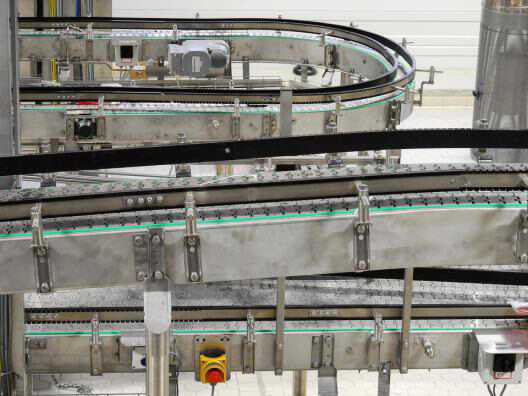
Source:Pixabay.com
Avenir
Recyclage des ressources de ferraille en acier non seulement Économise de l'énergie et réduit les émissions, mais est aussi plus respectueux de l'environnement. Il améliore le taux d'utilisation de la ferraille en acier, ce qui peut résoudre efficacement le problème des ressources de ferraille en acier excédentaire, et peut être considéré comme cent fois plus bénéfique que nocif. Aujourd'hui, La technologie de recyclage et les méthodes de traitement ont été encore améliorées et améliorées. Le taux de recyclage du matériau a été maximisé.
Les fabricants et les consommateurs de demande et d'adoption continuent d'augmenter, Et maintenant fournisseur d'acier inoxydable En tant que grand consommateur de ferraille en acier, la ferraille achetée auprès du type de matériau, Spécifications et le stricte degré d'inspection, ont subi des changements considérables. L'utilisation de ferraille en acier se déplace progressivement dans une direction positive.
Les aciéries inoxydables élèvent la barre sur l'inspection de la ferraille. Et le ministère de l'industrie et des technologies de l'information a fait des exigences pour l'accès aux entreprises de traitement d'acier de ferraille. Ce sont plus parfaits sur le traitement et le recyclage de la ferraille, Système de traitement et de distribution, Pour que l'industrie sidérurgique utilise plus d'acier de ferraille, Pour réaliser davantage le développement vert et construire un canal vert pour faire des efforts.
Les départements concernés ont souligné, que les entreprises de recyclage et de traitement en acier devraient recycler et traiter autant de ferraille en acier que possible , Pour obtenir un programme léger à lourd, Plus de qualité et de quantité pour les entreprises d'acier pour fournir des ressources de ferraille en acier. Cela conduira à un relation plus honnête et fiable avec des entreprises en acier, et un Coopération de la chaîne industrielle gagnant-gagnant entre l'offre et la demande.
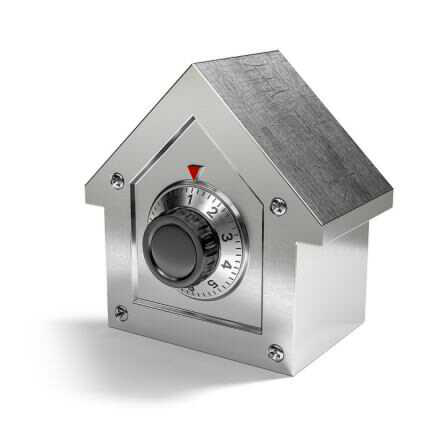
Source:Pixabay.com
Conclusion
En résumé, ferraille en acier, En tant que ressource matérielle infiniment recyclable, a une haute économie, Avantages environnementaux et sociaux. De nos jours, l'industrie du ferraille recyclable a une énorme place pour le développement, et aussi avec une tendance de développement très prometteuse.






